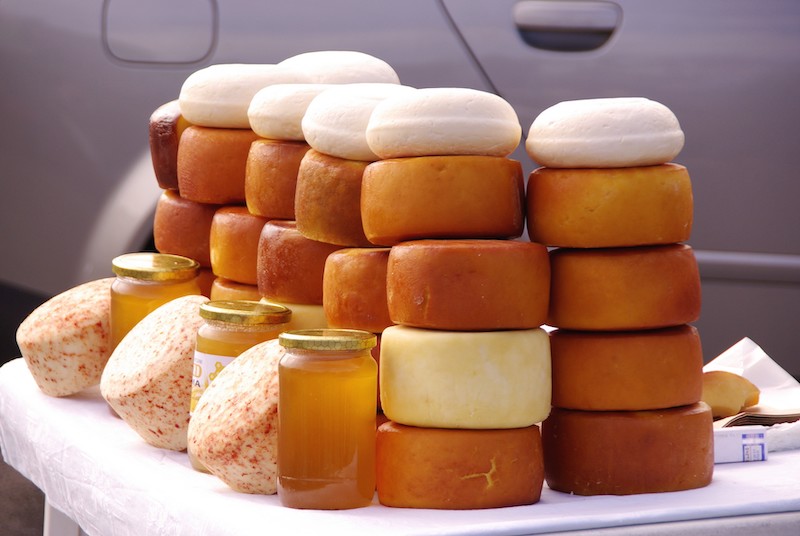|
The easiest way to get to Croatia is by air, and during the summer season most parts of the country are accessible by flights from the UK and Ireland. Though there are a few direct flights to Croatia from outside Europe fares can be expensive; a cheaper option may be to fly to a major Western European city and continue by air, train or bus from there. Airfares always depend on the season. Peak times for flights to Croatia are between May and September, and around the Easter and Christmas holidays; at these times be prepared to book well in advance. Travelling to Croatia by train from the UK is unlikely to save money compared with flying, but can be a leisurely way of getting to the country if you plan to stop off in other parts of Europe on the way. Seasonal ferry services (usually spring to late autumn) run from Ancona to Split, Stari Grad and Zadar; and from Bari to Dubrovnik. Passengers can usually buy tickets on arrival at the relevant ferry port, but if you’re travelling with a vehicle it’s wise to book in advance, especially in July and August. Services to Split and Dubrovnik usually take eight to twelve hours; services to Zadar slightly less. War and PeaceWhen Germany invaded Yugoslavia in 1941, Croatia became a Nazi puppet state. Croatian Fascists, the Ustashi, slaughtered countless Serbs and Jews during the war. After Germany was defeated in 1945, Croatia was made into a republic of the newly reconstituted Communist nation of Yugoslavia; however, Croatian nationalism persisted. After Yugoslavian leader Josip Broz Tito's death in 1980, Croatia's demands for independence increased in intensity. In 1990, free elections were held, and the Communists were defeated by a nationalist party led by Franjo Tudjman. In June 1991, the Croatian parliament passed a declaration of independence from Yugoslavia. Six months of intensive fighting with the Serbian-dominated Yugoslavian army followed, claiming thousands of lives and wreaking mass destruction. In December 1995, the Dayton peace agreement was signed bringing some peace to the area at last. Croatia CultureDue to its geographical position, Croatia, over the years has been influenced by its neighboring countries. The country holds its cultural richness with a fabulous mixture between the Mediterranean and Eastern traditions, but also from Central Europe and the Balkans. As for its cuisine, you will have the opportunity to taste a lot of seafood, proof of its Mediterranean heritage. You will eat, for example, squid that has been fried, grilled or even stuffed, in restaurants, colonising the coasts and inhabited islands. In the north of Croatia, you will savour the Sarma, a kind of stuffed cabbage reminiscent of the Austro-Hungarian influences. You will also taste the Cevapcici, meatballs with onions or pitas, dishes inspired by Ottoman cuisine. As a dessert, you will be amazed by the Bajadera, a succulent pastry with hazelnuts and almonds. Croatian gastronomy is a testament to the cultural diversity of the country. But religion also seems to take an important place in the lives of its inhabitants. Throughout the year, various festivals and events show the Croats' attachment to their traditions. Things to do
Don't Miss Foods, Drinks, Souvenirs
If you're ready, or you are tired of just dreaming about your next vacation, click the button below to schedule your complimentary travel consultation with Debbie to learn about all the options you have to choose from! ...and finally-Scenic Photo Ops!
Share the knowledge
0 Comments
Your comment will be posted after it is approved.
Leave a Reply. |
AuthorDebbie Palmer Categories
All
Archives
November 2022
Tuesday Travel Tips!Get TWO MONTHS FREE of CLEAR, Click above. |






 RSS Feed
RSS Feed
